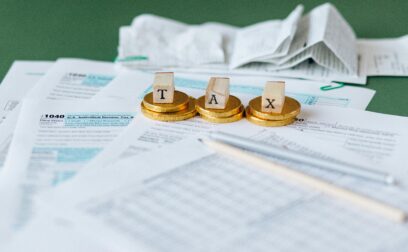Definition
Form 1120-S is a tax form used by S-corporations to report their income, deductions, gains, losses, and other financial information to the Internal Revenue Service (IRS).
What is a Form 1120-S?
The primary purpose of Form 1120-S is to report the income, deductions, and other financial information of S-corporations for the tax year. S-corporations are “pass-through” entities, meaning that the corporation itself does not pay federal income tax. Instead, the corporation’s income or loss is passed through to its shareholders, who report their share of the income or loss on their individual tax returns.
S corporations must file Form 1120-S if they meet certain criteria, including:
- Being classified as an S-corporation for federal tax purposes.
- Having income, deductions, or losses to report for the tax year.
- Having less than 100 shareholders.
- Having only eligible shareholders, including individuals, certain trusts, and certain exempt organizations.
While S-corporations do not pay federal income tax at the entity level, they are required to report their income, deductions, gains, losses, and other financial information on Form 1120-S and provide each shareholder with a Schedule K-1. The Schedule K-1 reports each shareholder’s share of the corporation’s income, deductions, credits, and other tax items, which the shareholder must report on their individual tax return.
Form 1120-S is typically due on March 15th each year. If that date falls on a weekend or holiday, the deadline may shift to the next business day. Failure to timely file Form 1120-S or accurately report the corporation’s income and other financial information may result in penalties imposed by the IRS.
Form 1120-S vs. Form 1120
IRS Forms 1120 and 1120-S are both used for tax reporting by corporations, but they cater to different types. Form 1120 is for C-corporations, covering income tax returns and deductions. In contrast, Form 1120-S is for S-corporations, where income, losses, deductions, and credits are passed through to shareholders for reporting on their individual tax returns.
Both forms require accurate financial reporting and compliance with IRS regulations, tailored to the specific corporate structure and tax requirements of C-corporations and S-corporations, respectively.
Example of a Form 1120-S
XYZ Corporation is an S-corporation engaged in the business of providing IT consulting services. At the end of its tax year, XYZ Corporation is required to file Form 1120-S to report its income, deductions, and other financial information to the IRS.
The corporation gathers its financial records for the tax year, including income statements, balance sheets, and records of deductible expenses. Using this information, XYZ Corporation’s tax preparer completes Form 1120-S.
Once completed, Form 1120-S is filed electronically with the IRS. By timely filing Form 1120-S, XYZ Corporation ensures compliance with federal tax laws and fulfills its reporting obligations to the IRS.







 yet? Register here!
yet? Register here!